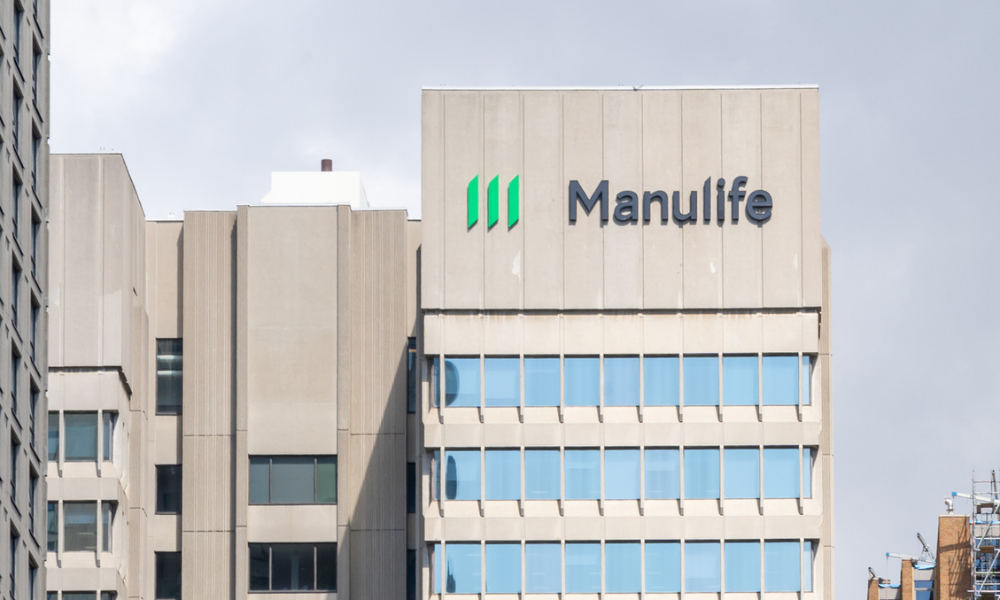LexisNexis report reveals almost all firms in Canada and the US are impacted


Remaining compliant with the regulations on financial crime are increasingly costly for financial institutions in Canada and the U.S., according to a new report.
LexisNexis Risk Solutions found that costs have risen for 99% of financial institutions and seven in ten say reducing the costs are a priority over the next 12 months. The total cost of financial crime compliance in the U.S. and Canada has reached $61 billion.
Rising costs are in part due to greater regulatory burden and expectations. Screening alerts have increased, as reported by 83% of mid- and large-sized FIs (holding assets of $10 billion or more) and 87% of small organizations (holding $10 billion or less).
Keeping on top of the burden is requiring significant investment in technology with 79% of organizations reporting noticing increased technology costs related to compliance/know-your-customer (KYC) software in the past 12 months. Three quarters of businesses have seen increased technology costs associated with networks, systems, and remote work.
With the financial services industry struggling to attract the compliance talent it needs, respondents noted increased costs of labor; 63% of those at mid- and large- firms stated this along with 78% at small firms.
Risks associated with cryptocurrencies, digital assets, and AI are also rising with criminal activity related to these technologies adding to the compliance cost burden. A fifth of companies identified a rise of at least 20% in financial crime involving cryptocurrencies and a similar share cited AI.
"As the cost of financial crime compliance rises for organizations across the U.S. and Canada, organizations must take a strategic approach to financial crime compliance," said Matt Michaud, Global Head of Financial Crime Compliance at LexisNexis Risk Solutions. "Skilled in-house compliance teams play a crucial role, but businesses should be actively seeking ways to reduce labor costs while simultaneously improving compliance efficiency. Financial institutions must proactively equip themselves with comprehensive data sets, advanced AI/ML-based compliance models and robust analytics within their financial crime compliance solutions to swiftly identify new crime patterns."
The full report: True Cost of Financial Crime Compliance Study – US & Canada.



